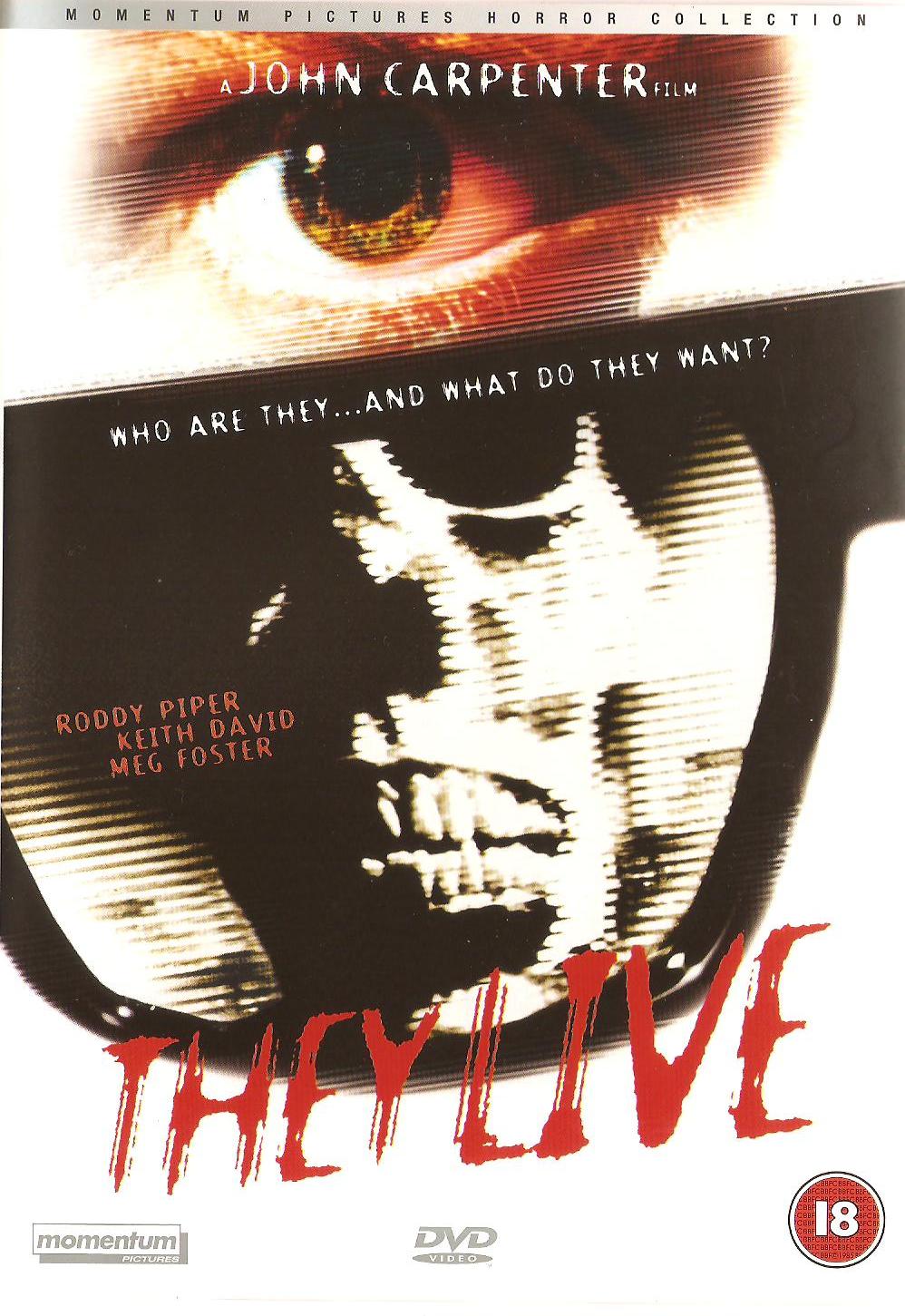verb
ɔːgˈmɛnt/
make (something) greater by adding to it; increase.
Your task is to produce a print-based advertising campaign across at least 3 print-based advertising deliverables (e.g. poster, flyer, billboard, etc.) to accompany your 'A brief history of...' website that features an (or some) element(s) of interactivity. There are several methods, platforms and technologies available that can be exploited in providing interactive elements to print media therefore it is important that you research these thoroughly in order to develop an effective augmented design.
Ikea 2015 Catalouge
Layar Creator
An interesting example of augmented design from Layar. What I like about this is that, although it may not be necessary, it blends the magazines content with what you are seeing on screen. The front cover becomes a video that is still surrounded by the original text. I think the buying feature is the most effective way that augmented design is used to encourage the user to buy something in this magazine as it links you straight to the product. However it doesn't appeal to me as I belive magazines and websites should be different experiences and defeats the reasons people by magazines.
QR (Quick Response) Codes
QR codes are small square barcodes that hold information and (although I have never used one) are a quick way of linking users to additional information. They work by scanning through your phone camera and opening the content onto the phone. I am unsure of how effective they can be as I haven't really seen them be used but can see the potential if someone wants to find out more about a product immediately.
Interactive Ads
Quicksilver
What is the potential of interactivity in print?
There is a lot of potential for interactivity in print. What I think is the most effective attribute is that it keeps the audience engaged to the ad for longer and makes it more memorable. The potential is its ability to link users to other platforms and coincide with the growing use of technology. I don't think it is nessesary for successful advertising, traditional print advertising can still be as effective if it is appropreate to its target market and is well designed/made.
make (something) greater by adding to it; increase.
Your task is to produce a print-based advertising campaign across at least 3 print-based advertising deliverables (e.g. poster, flyer, billboard, etc.) to accompany your 'A brief history of...' website that features an (or some) element(s) of interactivity. There are several methods, platforms and technologies available that can be exploited in providing interactive elements to print media therefore it is important that you research these thoroughly in order to develop an effective augmented design.
Ikea 2015 Catalouge
Layar Creator
An interesting example of augmented design from Layar. What I like about this is that, although it may not be necessary, it blends the magazines content with what you are seeing on screen. The front cover becomes a video that is still surrounded by the original text. I think the buying feature is the most effective way that augmented design is used to encourage the user to buy something in this magazine as it links you straight to the product. However it doesn't appeal to me as I belive magazines and websites should be different experiences and defeats the reasons people by magazines.
QR (Quick Response) Codes
QR codes are small square barcodes that hold information and (although I have never used one) are a quick way of linking users to additional information. They work by scanning through your phone camera and opening the content onto the phone. I am unsure of how effective they can be as I haven't really seen them be used but can see the potential if someone wants to find out more about a product immediately.
Interactive Ads
Quicksilver
Moto X
Frontline
Some of these ads I found to be quite effective when put in the right context and are a good example of how the surrounding environment can be used to give your ad another dimension. These ad also extend seeing them first hand as they are things people would want to take photos of further extending their audience reach.
There is a lot of potential for interactivity in print. What I think is the most effective attribute is that it keeps the audience engaged to the ad for longer and makes it more memorable. The potential is its ability to link users to other platforms and coincide with the growing use of technology. I don't think it is nessesary for successful advertising, traditional print advertising can still be as effective if it is appropreate to its target market and is well designed/made.
Can augmented design help draw people to your website?
Yes it can if I use it in the right way, I will need to research futher into interactive print advertising to find an effective one that isn't just a gimmick that has been used for the sake of it.
Yes it can if I use it in the right way, I will need to research futher into interactive print advertising to find an effective one that isn't just a gimmick that has been used for the sake of it.
What kind of interactivity would be effective for my campaign?
I could use augmented design to draw people into my website by engaging with current film advertisements on bilboard posters, websites and magazines. As my site is to inform users about aspect of the films title sequence I could market my campaign to people who would be enthusiasic about the films themselves.























































